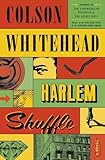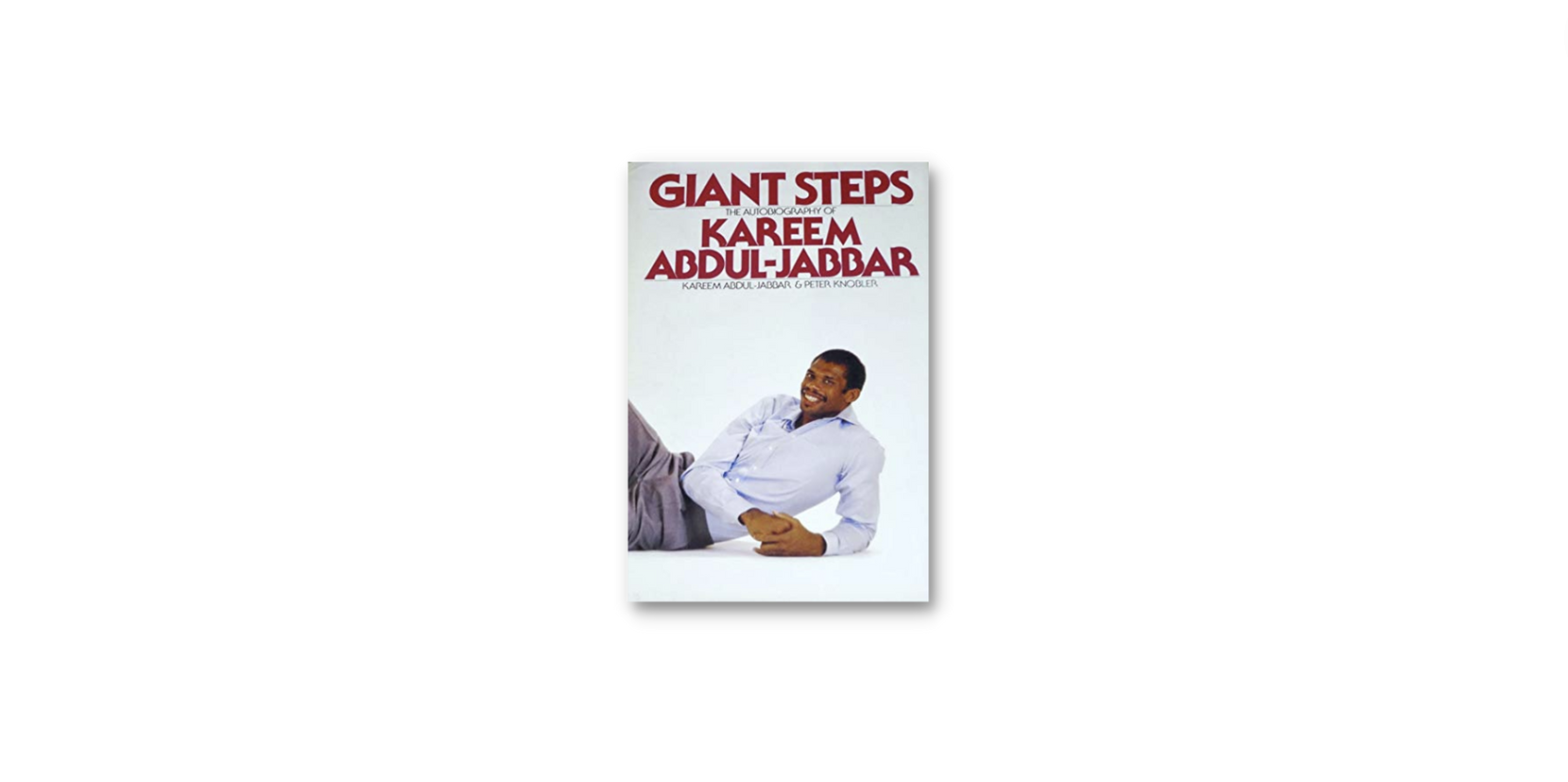

 I think it’s not unusual for serious readers to revisit the books that were important to them when they were younger. From middle school through college I was voracious—I read everything I could get my hands on, pell-mell, digging any available book out of the pharmacy spinner rack or my older brother’s room. It was the 1980s, and the trade-paperback revolution hadn’t reached Wisconsin; options were thin on the ground. I remember sitting down in the As at any library I happened to find myself in, pulling out the first book I saw with an interesting title. (That’s how I discovered Martin Amis—Dead Babies, if you can imagine—whose work, revisited, has offered such rewards and frustrations that we made a podcast about them.) Some of those books have held up well upon adult rereading—a lot of mid-period Stephen King, for example, like Misery, remains hugely enjoyable. Some of those books have not, as I learned when I tried to convince my daughter to try Piers Anthony’s Xanth series, which I loved as a tween—perhaps because, my daughter pointed out, many of its female characters are buxom bimbos.
I think it’s not unusual for serious readers to revisit the books that were important to them when they were younger. From middle school through college I was voracious—I read everything I could get my hands on, pell-mell, digging any available book out of the pharmacy spinner rack or my older brother’s room. It was the 1980s, and the trade-paperback revolution hadn’t reached Wisconsin; options were thin on the ground. I remember sitting down in the As at any library I happened to find myself in, pulling out the first book I saw with an interesting title. (That’s how I discovered Martin Amis—Dead Babies, if you can imagine—whose work, revisited, has offered such rewards and frustrations that we made a podcast about them.) Some of those books have held up well upon adult rereading—a lot of mid-period Stephen King, for example, like Misery, remains hugely enjoyable. Some of those books have not, as I learned when I tried to convince my daughter to try Piers Anthony’s Xanth series, which I loved as a tween—perhaps because, my daughter pointed out, many of its female characters are buxom bimbos.
In 2022, my writing life revolved around the novel I was working on, set in the 1980s. I was struggling with a character, one who didn’t particularly resemble me, and I thought it might be useful to find a book that meant something to this guy. I found myself thinking about one of the first truly grown-up books I ever read, which was not a thriller or science fiction or, indeed, fiction at all. It was the autobiography of basketball star Kareem Abdul-Jabbar. I believe my dad gave me a mass-market edition for Christmas in 1986, when Kareem and the Lakers were in the midst of winning three titles in four seasons.
I remembered 12-year-old me being fascinated, shocked, and bewildered Giant Steps, which Kareem wrote with the veteran magazine writer Peter Knobler. Rereading the book at age 47, I found this made total sense. It’s a remarkable document: thoughtful, funny, politically radical, and surprisingly candid, considering its subject was at the time one of the most famous athletes in the world. Taking a prismatic view of this book—thinking about what it once meant to me, what it meant to me now, and what it meant to the character I was writing—was my defining reading experience of 2022.
Born Lew Alcindor in New York City, Kareem grew up in Inwood, an uptown neighborhood that meant nothing to me in 1986 but which I was startled to read the name of now: It’s where my wife and I spent our New York years, where both our kids were born. The book’s first 100 pages are a fascinating portrait of a boy’s life in mid-century, multi-ethnic Inwood, Kareem “getting his ass handed to [him] on a regular basis” by Black kids, Irish kids, Russian kids, Cuban kids. His dad was a Juilliard-trained jazz trombonist who made his living as a transit cop. Kareem played basketball on the courts in Inwood Hill Park—the same courts, I believe, where skinny kids would later drop jumper after jumper over me while calling me by the name of Kareem’s eventual teammate, Kurt Rambis—and eventually starred for the Catholic high school Power Memorial.
 Turned loose in Manhattan the summer of his seventeenth year, Kareem hangs with Wilt Chamberlain, meets Dizzy Gillespie (who tells him, “Oh, yeah, I played with your dad”), and makes eyes at any number of lovingly-described honeys. (That rather than boasting about his exploits he admits he never had sex with any of them, and bemoans the trash that boys seemed required to talk about women, made a real impression on 12-year-old me.) He also read Countee Cullen in the Schomburg Center and wrote for the weekly paper put out by the Harlem Youth Action Project, covering a Martin Luther King visit and the Harlem riots of 1964—the same protests that form the backdrop to Colson Whitehead’s Harlem Shuffle.
Turned loose in Manhattan the summer of his seventeenth year, Kareem hangs with Wilt Chamberlain, meets Dizzy Gillespie (who tells him, “Oh, yeah, I played with your dad”), and makes eyes at any number of lovingly-described honeys. (That rather than boasting about his exploits he admits he never had sex with any of them, and bemoans the trash that boys seemed required to talk about women, made a real impression on 12-year-old me.) He also read Countee Cullen in the Schomburg Center and wrote for the weekly paper put out by the Harlem Youth Action Project, covering a Martin Luther King visit and the Harlem riots of 1964—the same protests that form the backdrop to Colson Whitehead’s Harlem Shuffle.
The political and racial consciousness that sprouted in those New York years flowered in Kareem’s time at UCLA, and then in his first few years in the NBA—spent, thanks to a quirk of the draft, in my hometown of Milwaukee, where he won a championship with the Bucks yet yearned to escape a podunk city where straight-up farmers in overalls walked the streets. It was that restless spirit that was the most useful to me in grappling with my character, a Black teenager in 1980s Milwaukee, a young man who’s thinking for the first time about what his city means to him and what it might mean to leave. I remember my white-kid civic pride being bruised by Kareem’s disregard for Milwaukee, but imagining how those sections might read through someone else’s eyes was a useful lesson in subjectivity (and, of course, in privilege).
Ghostwriter Knobler, who first wrote about Bruce Springsteen for Crawdaddy and would go on to ghost books by such disparate characters as Ann Richards, David Dinkins, and Tommy Hilfiger, captures a believable version of Kareem’s voice, though it doesn’t quite match the one Abdul-Jabbar has adopted in his later life as a pundit and commentator. These days, with Kareem making avuncular cameos in Knives Out movies, it’s easy to forget how controversial he was in his heyday. Harassed by a nearly all-white press corps, by many fans, and by the league itself, Kareem developed a sharp-edged public persona, making it a point to hold himself above the fray. His conversion to Islam early in his career made him seem even more alien to the “mainstream.” Giant Steps explores his faith in great detail, and in fact to a neophyte reader the book can serve as a kind of thumbnail guide to Islam’s complex roles in the Black American struggle of the 1960s and 1970s.
Though at 12 I skimmed through a lot of the book’s more serious parts, hungry for more details about hoops or fame, I recalled that the book contained some shocking moments of political violence. In the tumultuous 1970s, Abdul-Jabbar was indirectly connected to several such acts, including a hostage crisis at a D.C. civic building in which future mayor Marion Barry was shot and two others were killed. Kareem deals with these events with blunt honesty, clearly telling the story and exploring his own tangential but traumatic connections to the perpetrators and victims. Reading the book now, I admired the way Kareem made these tragedies—not to mention his political awakenings and his radicalism—central to the book’s narrative. It’s hard to imagine a contemporary Black athlete’s autobiography containing a passage like this, for example:
When a whole lot of white people died in a tragedy—say a fire or a plane crash—I’d be happy. When Bull Connor was on the Pettus Bridge with his police dogs and cattle prods, I saw them on television, and it left its mark. I was certain God was going to send some lightning down and sear all those bastards, and when that didn’t happen, I wanted to do it myself. I would meet individual white people and like them on a personal level, but the race as a whole could die tomorrow as far as I was concerned.
Yes, it’s presented in the context of a section about how his feelings on race had evolved, but—my goodness! I expect it did me real good to read that at age 12. Rereading it in 2022, I understood that an unusual combination of integrity, rage, fame, and bravery had made Kareem into a man who was willing to express—in a book for a major press, published in Reagan’s America—his honest feelings about white people, about dominant power structures, and about liberation. I’m pretty grateful such a book, by such a star, existed then, and that a life in writing and reading brought me back to it now.
More from A Year in Reading 2022
A Year in Reading Archives: 2021, 2020, 2019, 2018, 2017, 2016, 2015, 2014, 2013, 2012, 2011, 2010, 2009, 2008, 2007, 2006, 2005









